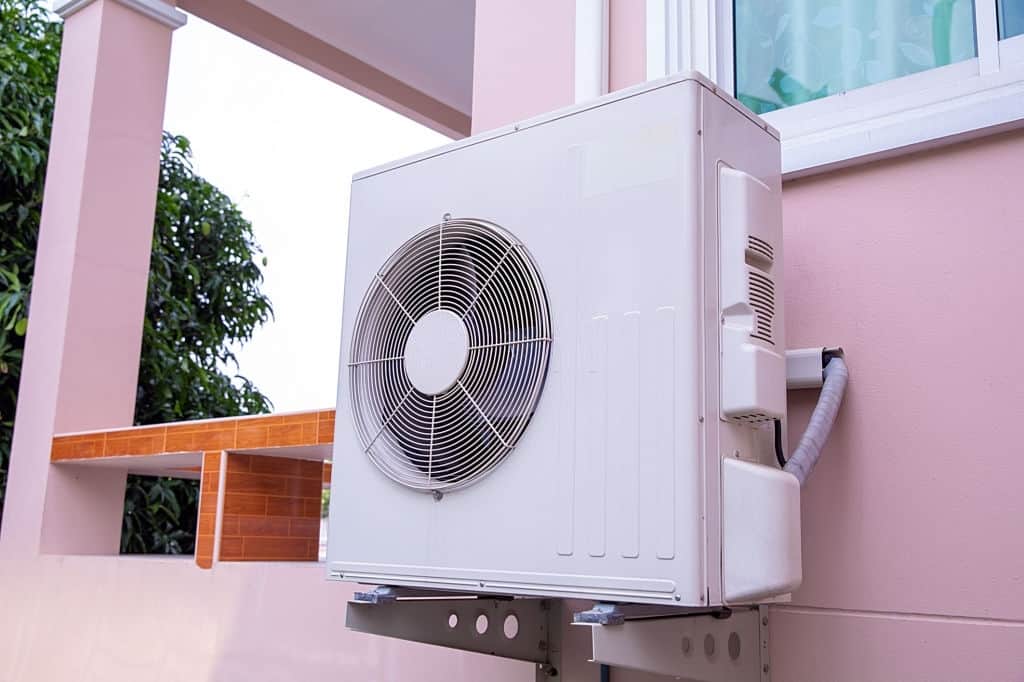Comprehensive Solutions from BRE Services for All Your Needs
Comprehensive Solutions from BRE Services for All Your Needs
Blog Article
The Ultimate Guide to Electric Installment: Tips and Techniques for a Safe and Efficient Home Electrical Wiring System
In the world of home maintenance, few facets are as vital yet typically overlooked as the electrical wiring system. By discovering the nuances of electric security steps and energy-saving techniques, this extensive guide will lose light on the ins and outs of home wiring, equipping individuals to take charge of their household's electric framework.
Understanding Electric Precaution
To guarantee the safety and security of both people and building, understanding and carrying out proper electrical precaution is vital in any type of home wiring task. Power is a powerful force that can be unsafe otherwise handled with care. Among the essential precaution is guaranteeing that all electrical job is performed by qualified professionals who adhere to neighborhood building ordinance and guidelines. It is crucial to conduct a detailed evaluation of the electrical system prior to starting any type of electrical wiring project to recognize possible risks or concerns that require to be dealt with.
Furthermore, utilizing the appropriate tools and devices is crucial for maintaining safety during electric installments. Insulated gloves, voltage testers, and protective eyewear are some of the standard safety equipment that need to be put on to stop electric shocks or mishaps. It is also important to de-energize circuits prior to servicing them and to identify all circuits and breakers clearly to avoid complication.

Essential Tools for Home Circuitry
Guaranteeing the appropriate implementation of electric safety and security procedures in home wiring projects includes using a particular set of essential tools developed to promote the setup process successfully and safely. Some of the key tools needed for home wiring projects include a voltage tester for examining real-time cables, wire pole dancers for eliminating insulation from cords, a cable cutter for specifically cutting cords to length, a screwdriver set for protecting electric components, electrical tape for insulation and securing links, a cord ripper for stripping cord sheathing, and a multimeter for measuring voltage, existing, and resistance.
Step-by-Step Electric Installation Guide
Starting an electric setup job needs thorough planning and adherence to security standards. Prior to beginning any type of job, ensure you have a thorough plan detailing the format of the a knockout post electrical system, including the positioning of outlets, buttons, and components. Think about the power demands of each device to identify the appropriate cord gauge and breaker dimensions.
The primary step in the setup procedure is to close off the power supply to the area where you will be functioning. site web Use a voltage tester to validate that the circuits are de-energized before touching any cords. Next, carefully get rid of existing fixtures or electrical outlets and detach the cords.
When mounting new circuitry, run cables with wall surfaces and ceilings, protecting them in position with suitable installations. Follow neighborhood building codes and producer guidelines for proper cable installment and links. BRE Automation Australia. See to it to label cables for very easy recognition and future maintenance

Troubleshooting Common Wiring Issues
Having actually completed the installation process as outlined in the previous subtopic, troubleshooting common electrical wiring concerns is a vital skill for making certain the safety and security and functionality of your electrical system. To resolve this, check and tighten all cord connections in the affected fixtures and buttons and redistribute the lots on the circuit to balance the electric need. Routinely inspecting and immediately addressing these typical circuitry concerns will certainly maintain the safety and effectiveness of your home electric system.
Tips for Energy-saving Electric Equipments
For optimal energy efficiency in electrical systems, executing wise techniques and making use of energy-saving technologies is critical. One crucial idea for achieving an energy-efficient electrical system is to upgrade to LED lighting. LED bulbs consume significantly less power than traditional incandescent bulbs and have a longer life-span, making them an affordable choice over time. Additionally, setting up programmable thermostats can aid control heating and cooling systems, decreasing energy waste when no one is home. Another approach is to buy energy-efficient devices that are power celebrity accredited, ensuring they meet high criteria for power effectiveness. Proper insulation and sealing of home windows, doors, and electric outlets can likewise avoid energy loss, inevitably lowering the workload on electrical systems. Take into consideration integrating sustainable energy sources like solar panels to further decline dependence on standard power grids. By integrating these energy-efficient suggestions and technologies, homeowners can not only conserve cash on their electricity costs however likewise reduce their ecological effect.
Conclusion
Finally, applying proper security actions, using necessary devices, following a step-by-step setup overview, repairing usual issues, and integrating energy-efficient ideas are critical for a safe and efficient home electrical wiring system. By sticking to these techniques, homeowners can ensure the longevity and performance of their electrical setups. It is essential to focus on safety and security and performance when it involves electric job in order to avoid potential hazards and to maintain a trustworthy electric system in the home.
Report this page